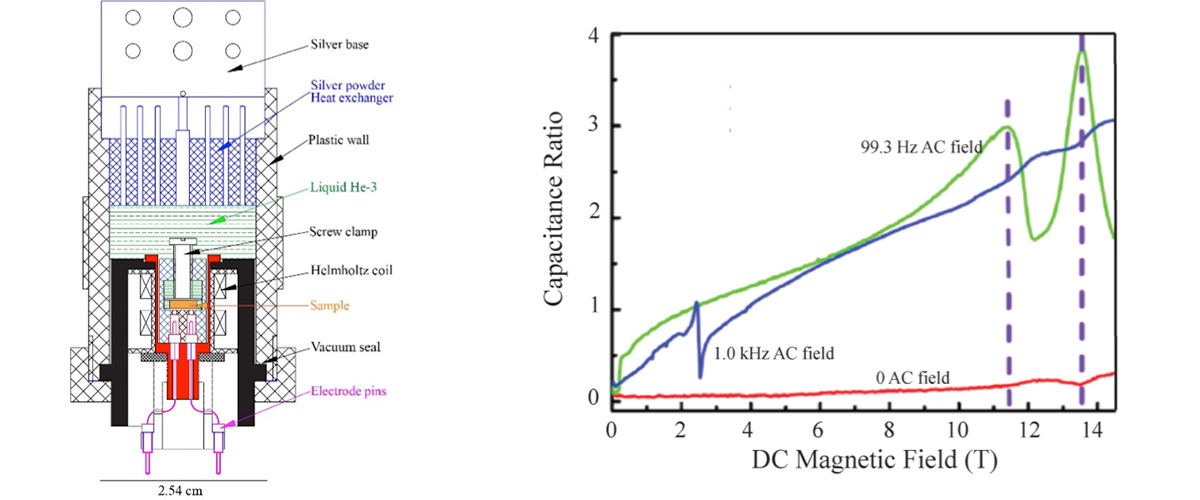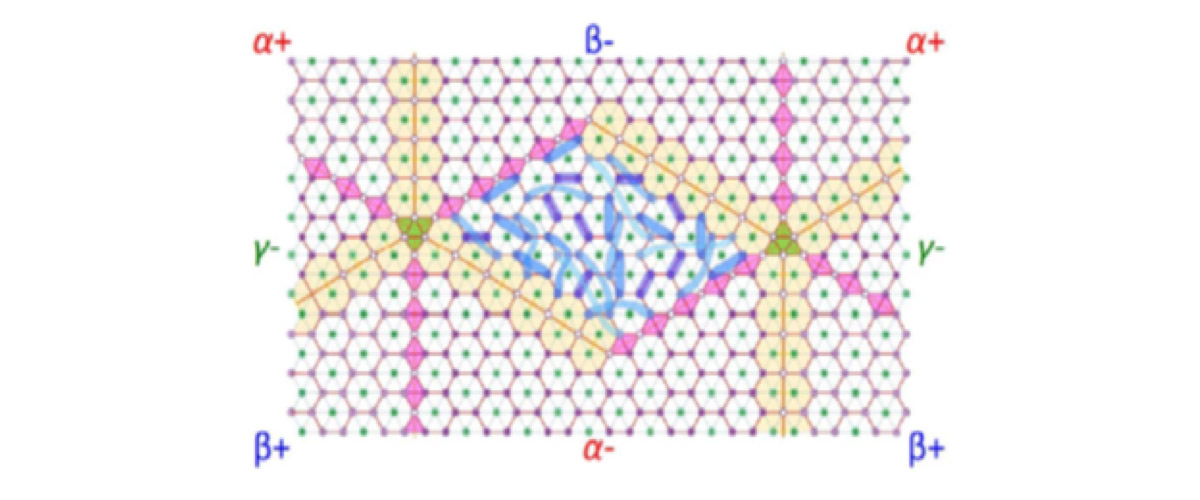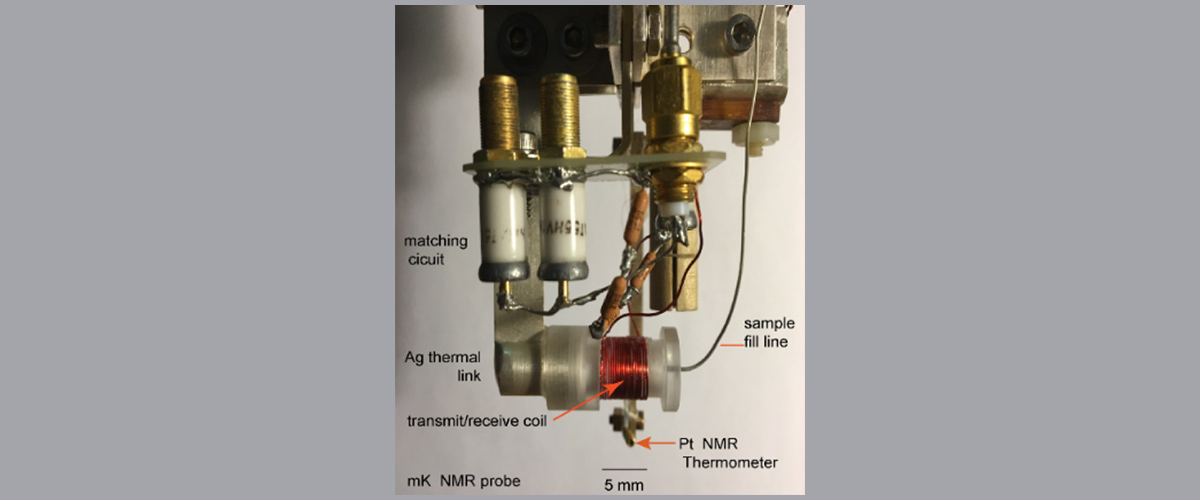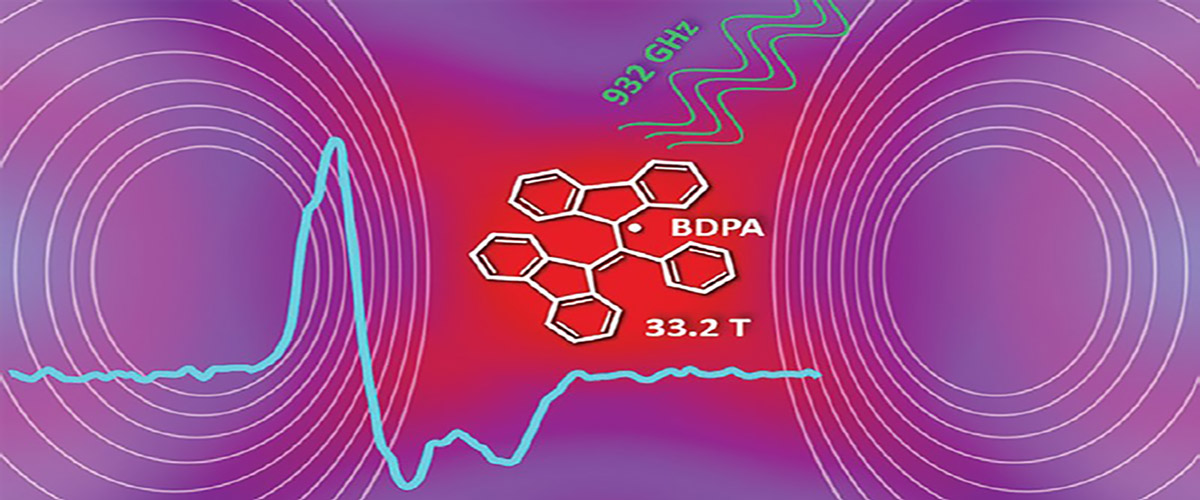What did scientists discover?
A distinct change in a material's internal electric, driven by an applied magnetic field, has been observed in a metal-organic quantum magnet known as DTN, a specially designed material consisting of simple arrays of metal atoms separated by complex organic molecules bound chemically in one giant molecule. The unusual effects arise because the magnetism of the atoms obeys quantum mechanics.
Why is this important?
There is great interest in exploring systems that exhibit these large magneto-electric effects due to potential future applications as high-sensitivity sensors and micro-machines. Understanding the magneto-electric effect in metal-organic quantum magnets is important for establishing the fundamental physics of the far more complex systems at higher temperatures.
Who did the research?
L. Yin1, V. S. Zapf2, A. Paduan-Filho3, J. S. Xia4, N. Sullivan4
1University of California, San Diego; 2Los Alamos National Laboratory, 3University of Sao Paulo, Brazil, 4National MagLab, University of Florida
Why did they need the MagLab?
The magnetic-field-driven transitions to the Bose-Einstein condensed phase and the Bose glass state can only be studied in detail at millikelvin temperatures with the sample located at the center of a large superconducting magnet. The MagLab specializes in these sorts of measurements.
Details for scientists
- View or download the expert-level Science Highlight, Magneto-Electric Effects in Metal-Organic Quantum Magnet
- Read the full-length publication, Magneto-electric Effect and Dielectric Susceptibility Measurement Technique at Very Low Temperature, in J. Low Temp. Phys.
Funding
This research was funded by the following grants: G.S. Boebinger (NSF DMR-1644779), N.S. Sullivan (NSF DMR-1303599)
For more information, contact Neil Sullivan.






